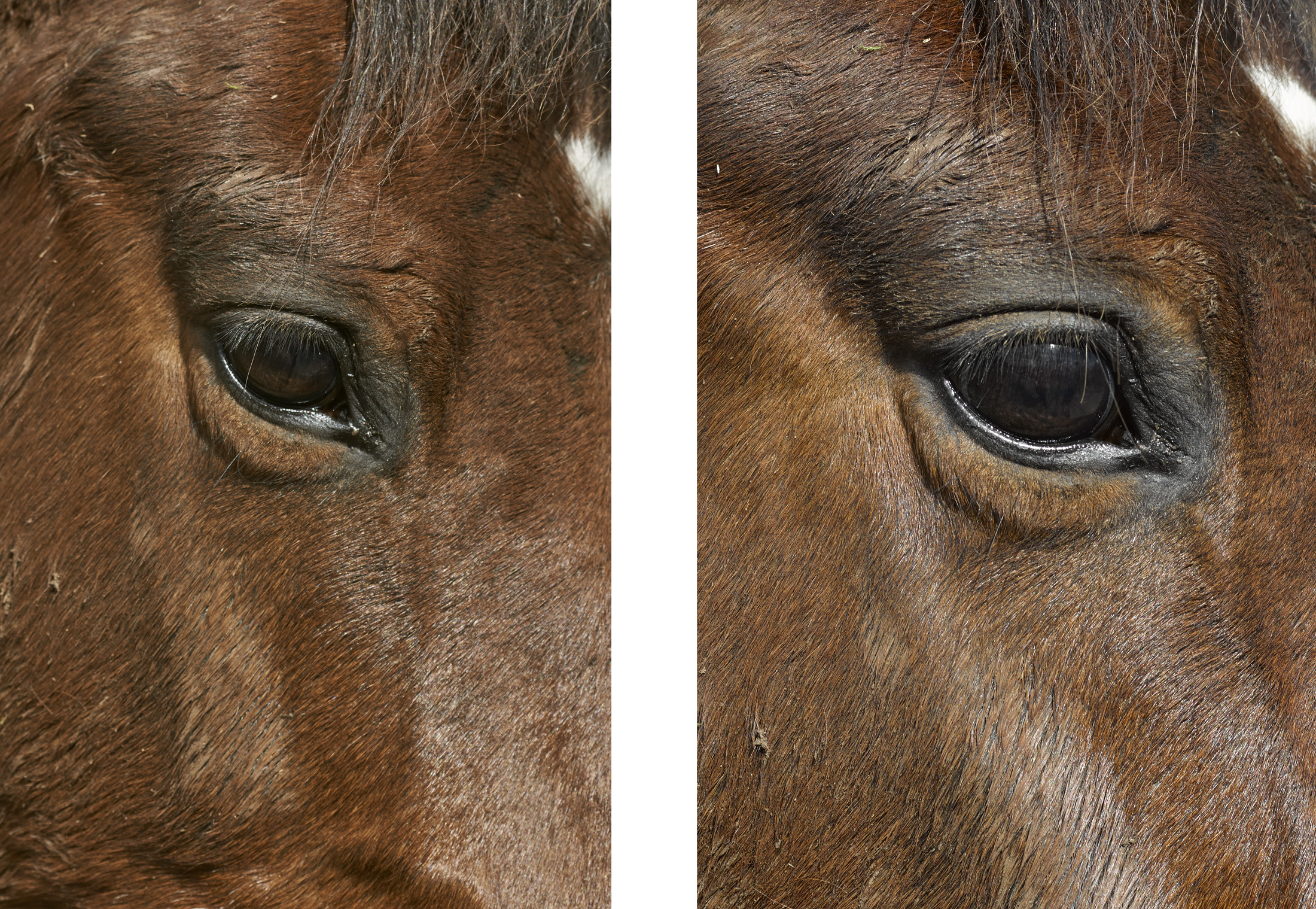


However, if we take a closer look at size differences between full-frame and the medium format sensor on the Fuji GFX 50S, we only see a gain of 1.67x in total sensor area. Hence, for a current Fuji X-series shooter, moving up to medium format would provide a massive difference in image quality and resolution. And if we look at the difference between an APS-C sensor and the GFX 50S, the gains are huge – almost a 4x difference in sensor area. This obviously does translate to visibly higher overall image quality when comparing APS-C and full-frame sensors. Now if we put things in perspective, the gain from an APS-C size sensor to a full-frame sensor is pretty drastic – we are talking about a 2.34x increase in sensor area. So, in a way, these are “mini” versions of medium format sensors, or as one of our readers described it, it is a “macro four thirds” sensor (makes sense, since the aspect ratio is also 4:3). And the size differences between these sensors is pretty drastic, especially once we start comparing them to full-frame. One that is used on high-end and expensive medium format cameras like the Hasselblad H6D-100c (with a hefty price tag of $33K), and one that is used on cameras like the GFX 50S. In the case of the Fujifilm GFX 50S and other medium format cameras with a similar sensor size, such as the Hasselblad X1D-50c and the Pentax 645Z, the sensor area measures approximately 43.8 x 32.9mm, as shown in the below illustration comparing different sensor sizes:Īs you can see, we have two different kinds of medium format sensors available today. Basically, anything larger than a full-frame / 35mm sensor and smaller than large format (4 x 5 inches, or 102 x 127mm) is considered to be medium format. Well, the same thing applies to medium format. However, when dealing with smaller APS-C sensors, we know that they can vary in sizes, with crop factor ranging from 1.52x to 1.7x and sensor sizes stretching from 20.7 x 13.8mm all the way to 24 x 16mm, depending on manufacturer or even a particular camera model. For example, we know that every full-frame camera on the market has a sensor size of approximately 36 x 24mm and an aspect ratio of 3:2. When it comes to camera sensors, we have come to expect to see one typical size when defining a full-frame sensor. Lens Selection, Quality, Size and Weight Considerations.Weight + Size Advantages and Newer Technologies.In this article, I would like to go over some information on why it may or may not make sense to invest in the Fuji GFX 50S for photographers who have been shooting with Fuji X-series or other full-frame cameras.

This is a groundbreaking and brave move on behalf of Fuji, which jumped directly to medium format from its current APS-C X-series cameras, completely skipping over full-frame. Significantly cheaper than any other digital medium format camera on the market today and less expensive than the recently-announced Hasselblad X1D-50c, or even the discounted Pentax 645Z. We now have a medium format mirrorless camera that is lighter and more compact than a typical full-frame DSLR, with a price point of a top-of-the-line DSLR like the Nikon D5. Without a doubt, the announcement of the medium format Fujifilm GFX 50S and its revealed price of $6,500 has sent a shockwave across many different photography communities across the world, sparking many discussions and debates about the future of the camera industry.


 0 kommentar(er)
0 kommentar(er)
